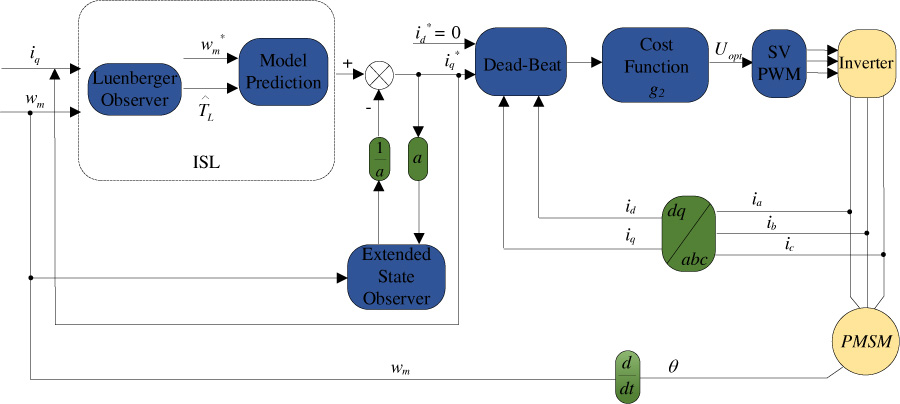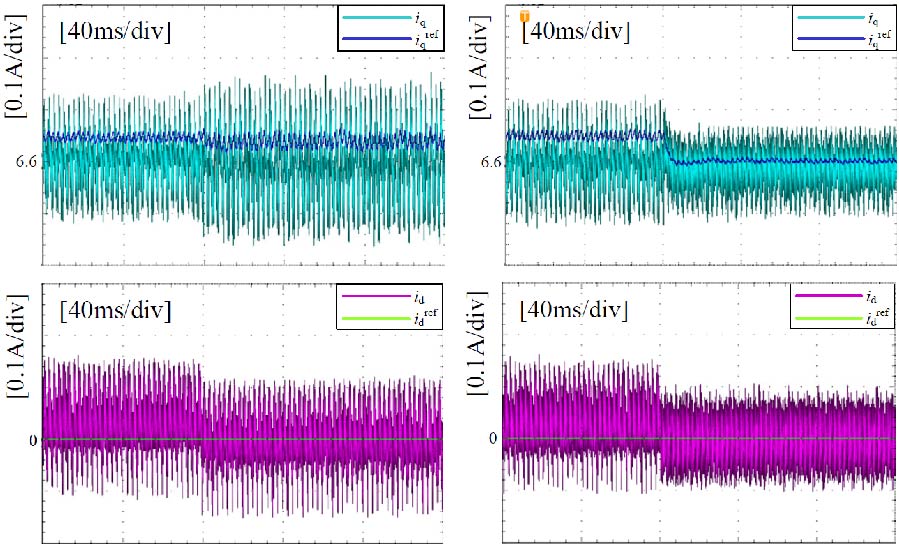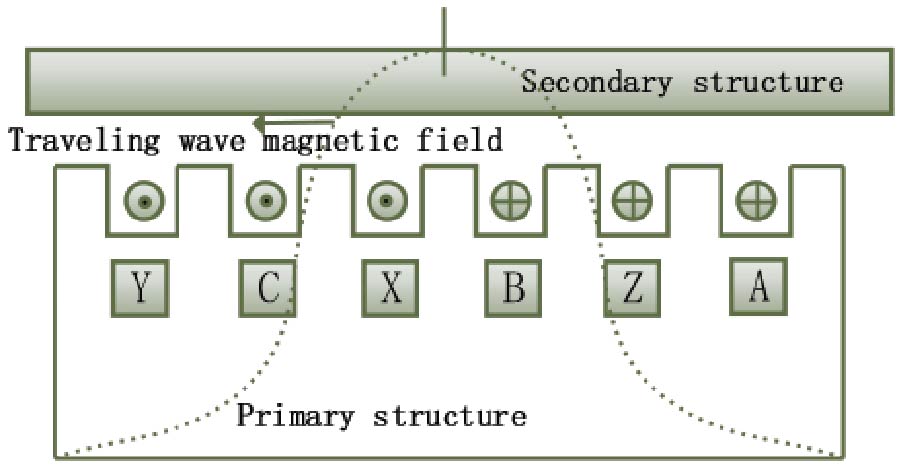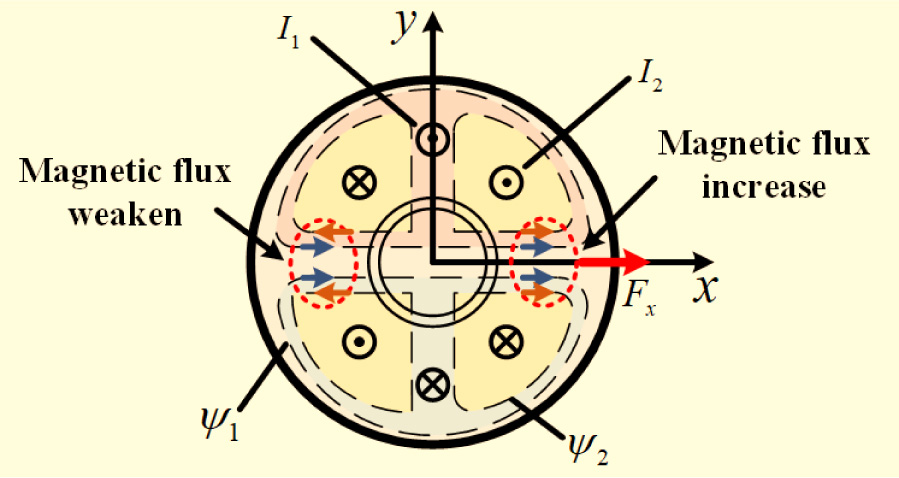Research on Circular Polarization Composite Scattering Characteristics of Sea Surface and Ship Target at GPS Frequency
Ye Zhao
,
Long-Wen Liao
,
Ya-Jie Liu
,
Wei Tian
,
Xincheng Ren
and
Peng-Ju Yang
The electromagnetic characteristics analysis of the scattering signals from targets, which usually exist or are hidden in the surrounding environment, is one of the necessary prerequisites for the reliable reception of echo signals. Utilizing the GNSS signals as an opportunistic illumination source for detecting maritime targets has vast development prospect and scientific application value. GNSS signals, including GPS signals, are the right-hand circular polarization waves at L-band. Therefore, in this study, a comprehensive electromagnetic composite scattering model is established under circular polarization, which encompasses sea surface scattering, target single scattering, target multiple scattering, and coupled scattering between the target and sea surface. Then, the research investigates the variation characteristics of different scattering components (including the scattering of sea surface, the first, second, and third-order scattering of target, the total scattering of target, the coupled scattering of target induced by the reflection waves from sea surface, and the coupled scattering of sea surface induced by the reflection waves from target) in the composite scene under different polarizations, incident angles, wind speeds, and headings. The results indicate that the scattering of sea surface under LR polarization (which means that the polarization states of scattering and incident wave are left-hand circular polarization (LHCP) and right-hand circular polarization (RHCP), respectively) is significantly greater than that under RR polarization, while the opposite trend is observed for the target. Therefore, in the applications such as the detection and identification of ship targets on sea surface, it is better to choose the right-hand circular polarization channel to receive the scattering echo signal from target, which could effectively suppress the scattering echo of sea surface. These findings are of crucial significance in enhancing the effectiveness and accuracy of maritime target detection.

















